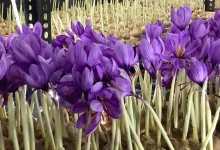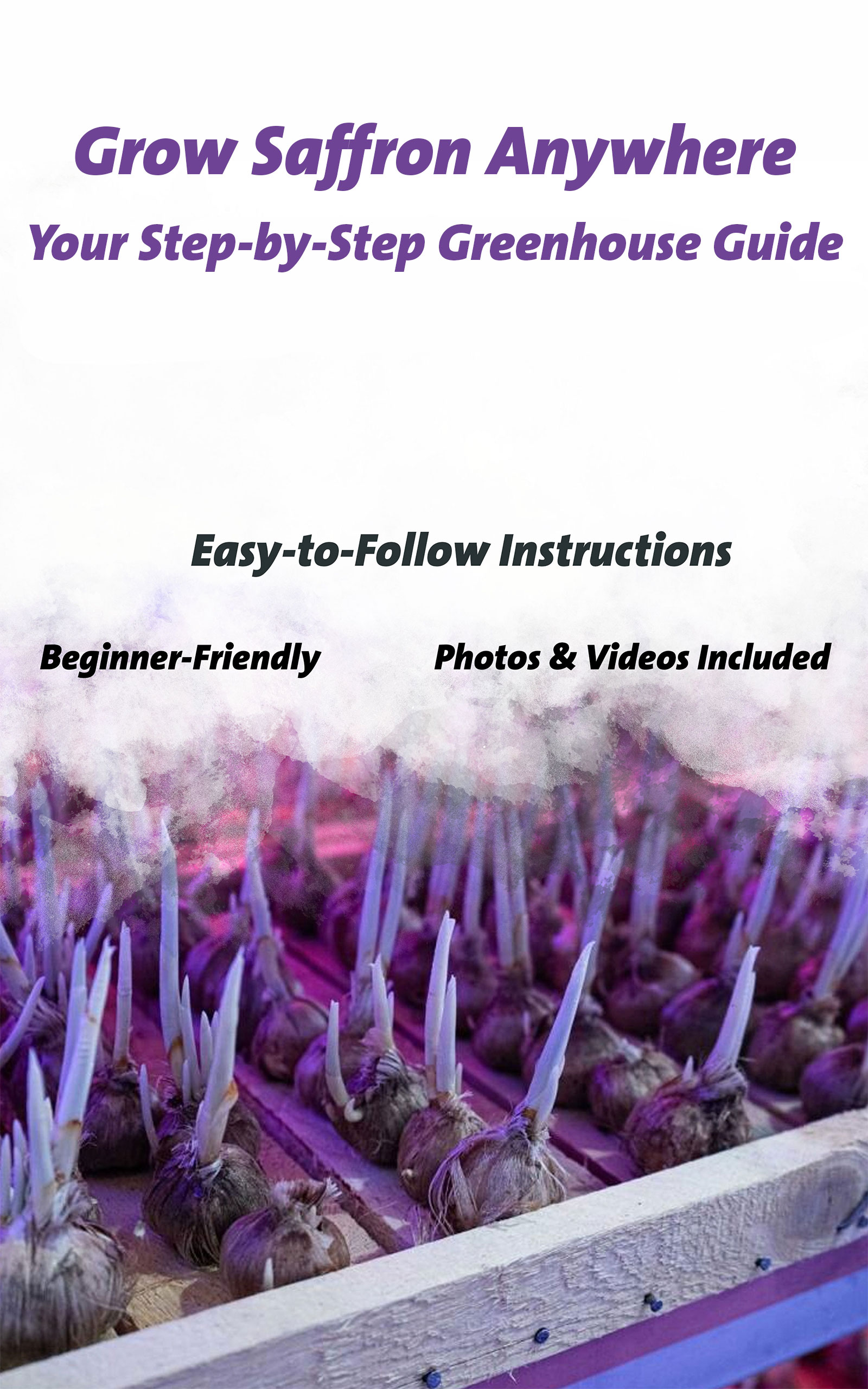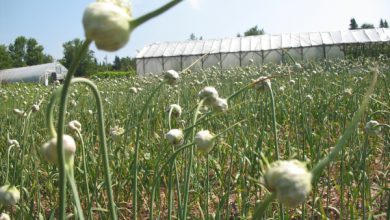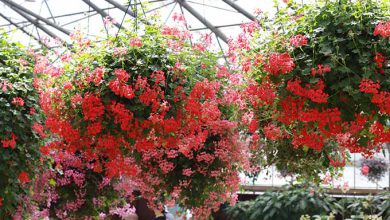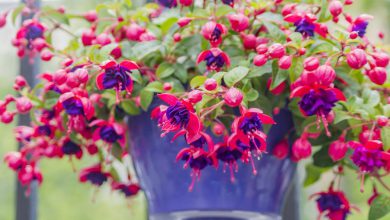HOW TO CARE FOR PURPLE HEART PLANT – PURPLE QUEEN, TRADESCANTIA PALLIDA
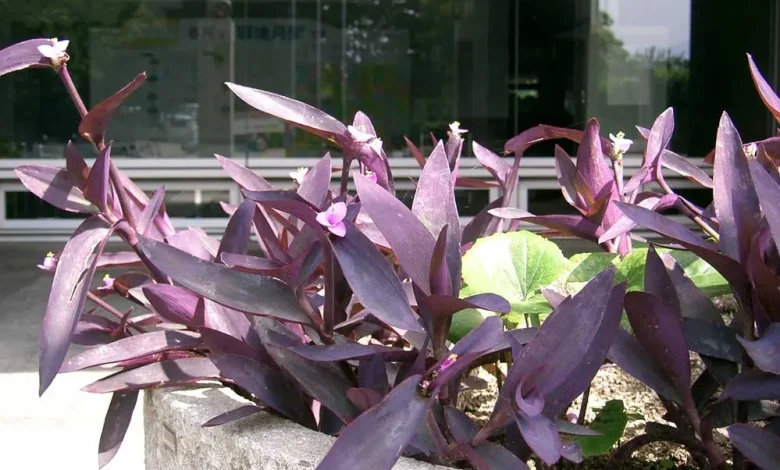
The ‘Purple Heart’ plant, scientifically known as Tradescantia pallida, is a resilient and visually striking plant. This perennial features long trailing stems that resemble rambling vines. Often planted in pots or showcased in hanging baskets, the purple heart plant lives up to its name with its captivating silvery purple and violet foliage.
Belonging to the Commelinaceae family, also known as the spiderwort family, the Tradescantia species are perennial plants. Tradescantia pallida, previously known as Setcreasea pallida or purple heart, is sometimes referred to as purple queen. Indigenous to the Gulf Coast region of Mexico, this plant can reach heights of up to one and a half feet tall and wide. Its elongated oval-shaped leaves exhibit a vibrant purple color and during summer, it produces small purple flowers. This remarkable appearance makes it an excellent choice for ornamental purposes in gardens, borders, or along driveways.
It is important to note that all Tradescantia plants, including the purple heart plant, are toxic to both humans and pets. Therefore, it is advisable to exercise caution when choosing the location to grow this trailing plant. Contact with the plant’s leaves or stems can cause skin irritation for some individuals, as well as certain dogs.
PURPLE HEART PLANT CARE OVERVIEW
| Scientific name: | Tradescantia pallida |
| Classification: | Tradescantia |
| Common names: | Purple heart plant, purple queen |
| Hardiness: | Zones 8-11 |
| Temperature: | 60-80°F |
| Flowers: | Pink |
| Light: | Full sun to part shade |
| Water: | Allow soil to dry slightly, do not overwater |
| Humidity: | High to average humidity |
| Fertilizer: | General purpose in spring and summer |
| Soil: | Fast-draining soil |
| Common pests: | Mealybugs, scale, caterpillars, snails |
WHAT IS A PURPLE HEART PLANT?
The purple heart plant, scientifically known as Tradescantia pallida, is a trailing tropical plant that belongs to the spiderwort family. It is native to Mexico and is characterized by its delicate heart-shaped blossoms, which give it its common name.
Another common name for this plant is purple queen, which refers to the coloration present in its stems, leaves, and flowers.
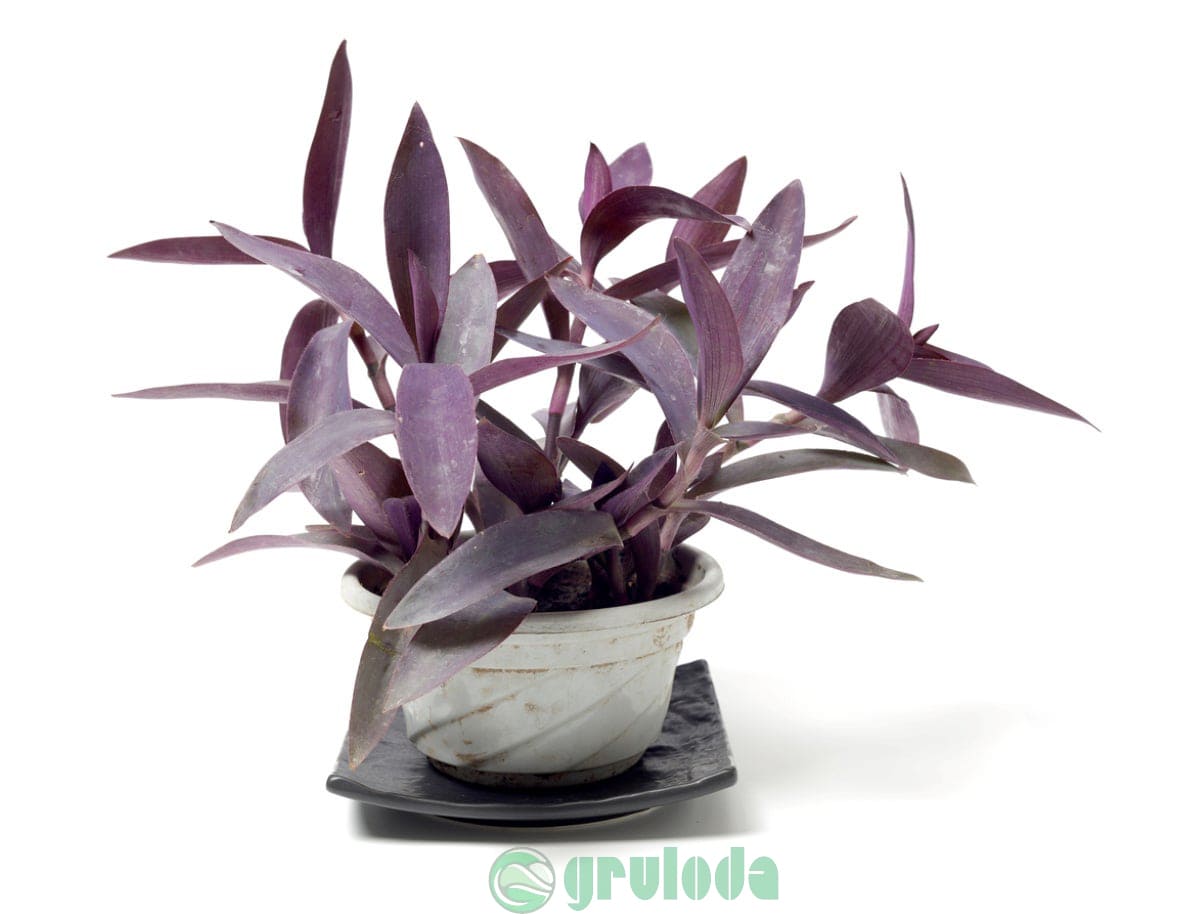
The lance-shaped leaves of the purple heart plant can grow up to 7 inches long and are supported by delicate, thin stems. This plant has a spreading nature and has the ability to fill any given space, although it typically doesn’t grow taller than 1.5 feet.
DIFFERENT TYPES OF PURPLE QUEEN PLANTS
The most commonly found type of Tradescantia pallida displays a deep and uniformly purple hue. However, there is a rarer variety called variegated purple heart, which exhibits pink striping along its leaves.
FLOWERS
While the primary attraction of the purple queen plant lies in its foliage, it also produces delicate flowers during the summer months. These flowers, which have pale lavender or pink hues, consist of three petals. Though the plant is primarily cultivated for its stunning foliage, the addition of these charming blooms adds an extra touch of beauty to the overall appeal of the purple queen plant.
The blossoms of the purple queen plant are unscented and typically appear at the end of a stem. They are relatively small, rarely exceeding a width of 1.5 inches.
TOXICITY
Good news for pet owners: Tradescantia pallida, the purple queen plant, is not listed among the plants considered toxic to cats and dogs by the ASPCA.
However, it’s worth noting that the University of Wisconsin has observed that the sap from cut or broken stems can occasionally cause skin irritation in both humans and pets. To prevent this, wearing gloves while handling the plant is recommended.
HOW TO GROW PURPLE HEART PLANT
Before diving into the care instructions, it’s important to choose an optimal location for your purple heart plant. Selecting the right spot is crucial for ensuring its long-term health.

HARDINESS
Tradescantia pallida is a perennial plant that thrives in zones 8-11. The foliage of the plant is not likely to survive for long in temperatures below 40°F (4°C).
However, during the spring, when the weather warms up and the ground doesn’t freeze, the roots of the plant can produce new growth.
In colder regions, it is common to grow purple heart plants in containers and bring them indoors for the winter or keep them exclusively as houseplants.
WHERE TO GROW PURPLE QUEEN PLANTS
For optimal growth and vibrant coloration, it is best to choose a location for your purple queen plants that receives abundant sunlight. These plants thrive when provided with ample light.
While purple queen plants can tolerate partial shade, it’s important to note that they may lose some of their vibrant color and develop leggy growth in dimmer settings.
In regions with warm climates, purple queen plants are commonly used as ground cover. They can also be trained to trail over walls or be grown in large containers and hanging baskets. Regardless of the chosen location, it is essential to ensure good drainage for the plants to thrive.
PURPLE HEART PLANT CARE & GROWING INSTRUCTIONS
Now that you have identified the ideal location to grow your purple heart plant, let’s discuss how to care for it and ensure its thriving growth year after year. Follow these tips for successful cultivation:
LIGHT
Maintaining the vibrant color of purple queen plants relies heavily on providing them with ample light, which can be the most crucial aspect of their care.
Ideally, these plants should receive full sun for the majority of the day. However, in extremely hot climates, some shade can help prevent sunburn.
Indoors, ensuring sufficient light can be challenging, even in a sunny window. Purple queen plants thrive with at least 8 hours of light daily. If you observe the color fading or leggy growth, supplement with a grow light.
WATER
Once established, Tradescantia pallida demonstrates a fair level of drought tolerance. However, prolonged periods of dryness should be avoided.
Water deeply when the top few inches of soil become dry, promoting the development of resilient roots. Be cautious not to overwater and saturate the soil excessively. Using an inexpensive moisture gauge can assist in achieving the right watering balance.
In full sun or during heatwaves, purple queen plants will require more frequent watering. During the winter season, they will require less water.
Indoors, maintain even moisture levels, ensuring to drain off any excess water to prevent overwatering.
HUMIDITY
Outdoor purple queen plants typically do not face humidity issues. However, if you notice limp or brown, dried leaves on your indoor purple heart plant, it may indicate a need for higher humidity.
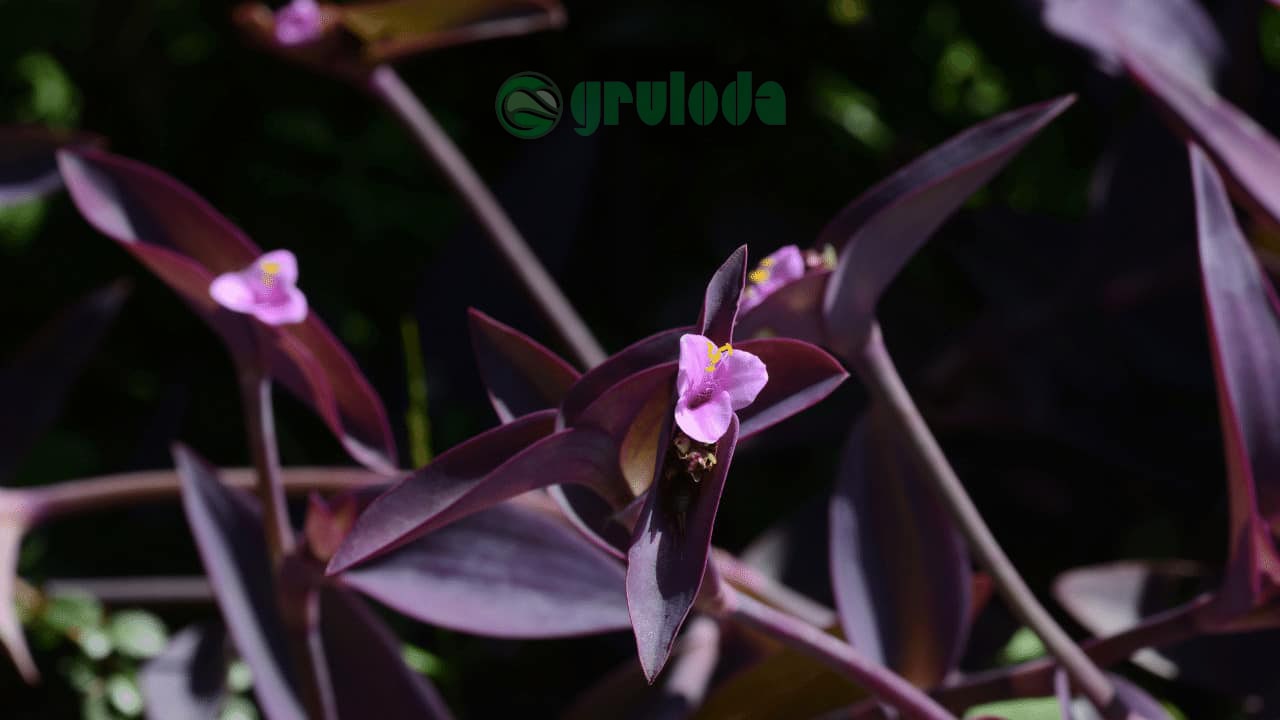
You can place the plant on a pebble tray filled with water or use a small humidifier nearby to increase the humidity level in your home. This will provide the necessary moisture for the plant’s optimal growth and health.
TEMPERATURE
Purple heart plants thrive in average household temperatures, making them well-suited for indoor cultivation. Outdoors, they flourish within a temperature range of 60-80°F (15-27°C) but can withstand temperatures as low as 40°F (4°C).
After a light freeze, the foliage may die back, but it can regenerate in the spring as long as the ground does not freeze. However, prolonged exposure to freezing weather will eventually result in the demise of the plant, including its roots.
FERTILIZER
While not essential, occasional fertilization can rejuvenate growth, enhance flowering, and intensify the colors of purple queen plants.
Indoors, a balanced houseplant formula is beneficial, or you can use all-purpose options such as compost tea or fish emulsion for outdoor plants.
Apply slow-release granules twice during the spring and summer seasons or use liquid fertilizers up to once a month.
Discontinue fertilization during the fall and winter months, and avoid using chemical brands that may harm or burn the plant.
SOIL
Purple heart plants thrive in light, loamy soil with good drainage. For outdoor beds, you can enhance the soil by incorporating peat moss or compost to increase organic matter. Adding sand can also aid in improving drainage.
Indoors, a high-quality general potting soil is suitable. However, you can enhance it by incorporating perlite or pumice to improve drainage and minimize the risk of overwatering.
REPOTTING
Purple heart plants have a tendency to fill their containers quite rapidly when provided with proper care, even though they only reach a certain height.
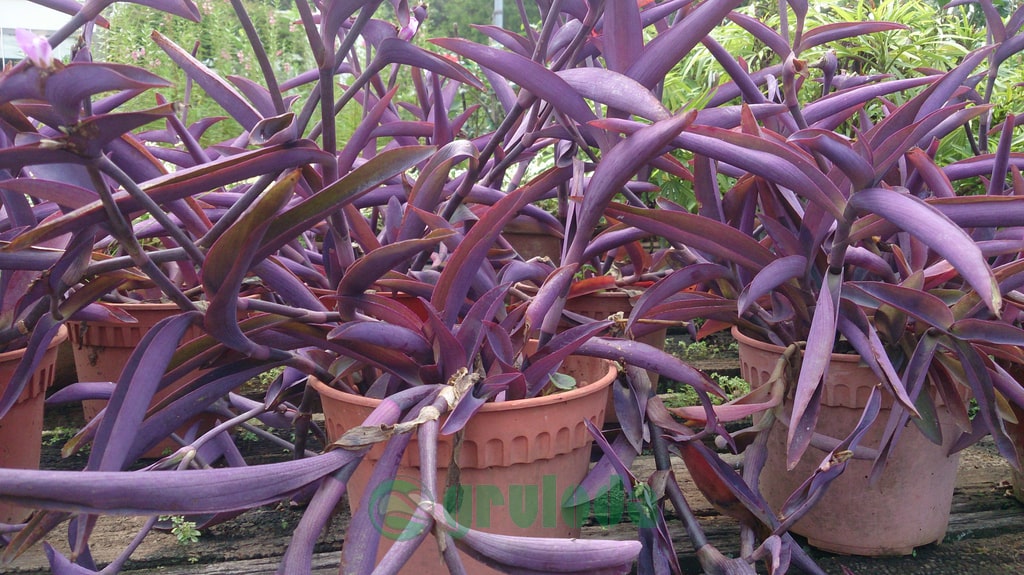
Once the roots start appearing through the drainage holes, it’s a clear sign that repotting is needed. It’s best to perform this task in the spring before the flowering season.
Select a new container with drainage holes that is 1-2 inches larger in size compared to the current one, and replant the purple heart plant at the same depth as before.
PRUNING
Due to their spreading growth habit, pruning becomes an essential part of caring for purple queen plants, whether they are grown indoors or outdoors.
Pinch off new stems as they emerge in the spring to encourage branching, or use sharp pruners to give the plant a hard trim once the flowering period is over.
You can trim up to half of the plant’s total size, which will result in more compact growth throughout the summer.
PEST CONTROL TIPS
Healthy purple heart plants are generally resistant to pests, but occasional issues may arise.
Outdoors, snails and caterpillars can pose a problem. You can control them by manually picking them off or creating a barrier using diatomaceous earth around the plant’s base.
INDOOR PEST CONTROL
When growing purple heart plants indoors, mealybugs and scale are more likely to appear as pests. Take immediate action to treat them by using rubbing alcohol, neem oil, or an insecticidal soap for optimal results.
You can also create your own homemade insecticidal spray by mixing 1 teaspoon of gentle liquid soap with 1 liter of water.
PURPLE HEART PLANT PROPAGATION TIPS
Purple heart plants are highly suitable for propagation using stem cuttings taken from any part of the plant.
Since the delicate stems can break easily when bumped or damaged, even the broken pieces containing leaf nodes can be rooted successfully.
Before placing the cut end in damp soil or a vase of water, consider dipping it in rooting hormone.
Keep the cutting in a warm and brightly lit area for 1-2 weeks. Once you observe root growth or new shoots, transfer them into your desired container.
TROUBLESHOOTING PURPLE QUEEN CARE PROBLEMS
Once established, Tradescantia pallida requires minimal care. However, if you encounter any of the following common issues, the following tips can help you restore your plants to good health:
LEAVES TURNING GREEN
The most frequent cause of green leaves on purple queen plants is a lack of sunlight. They require full sun or at least 8 hours of bright indoor light daily to maintain their deep purple color.
YELLOW LEAVES
Yellowing leaves on purple heart plants are often an indication of overwatering. Only water them when the top few inches of soil have dried out. However, yellow leaves can also be caused by insufficient light, underwatering, or nutrient deficiencies.
LEGGY PURPLE QUEEN PLANT
Leggy or sparse growth with long stems can be a result of insufficient sunlight or natural aging. Ensure that the plant receives full sun or intense indoor light for at least 8 hours a day to promote compact and healthy growth.
To encourage more compact growth, it is recommended to pinch back new tips and prune leggy stems in the spring.
BROWN LEAVES
Brown leaves can be a result of natural aging, but they may also indicate insufficient moisture or low humidity.
Regularly check the soil to ensure it is not too dry, and consider using a humidifier or placing the plant on a pebble tray indoors if necessary.
If the brown leaves are appearing in the middle of the plant, it is likely due to aging. To rejuvenate the plant, give it a hard prune by removing the affected parts.

